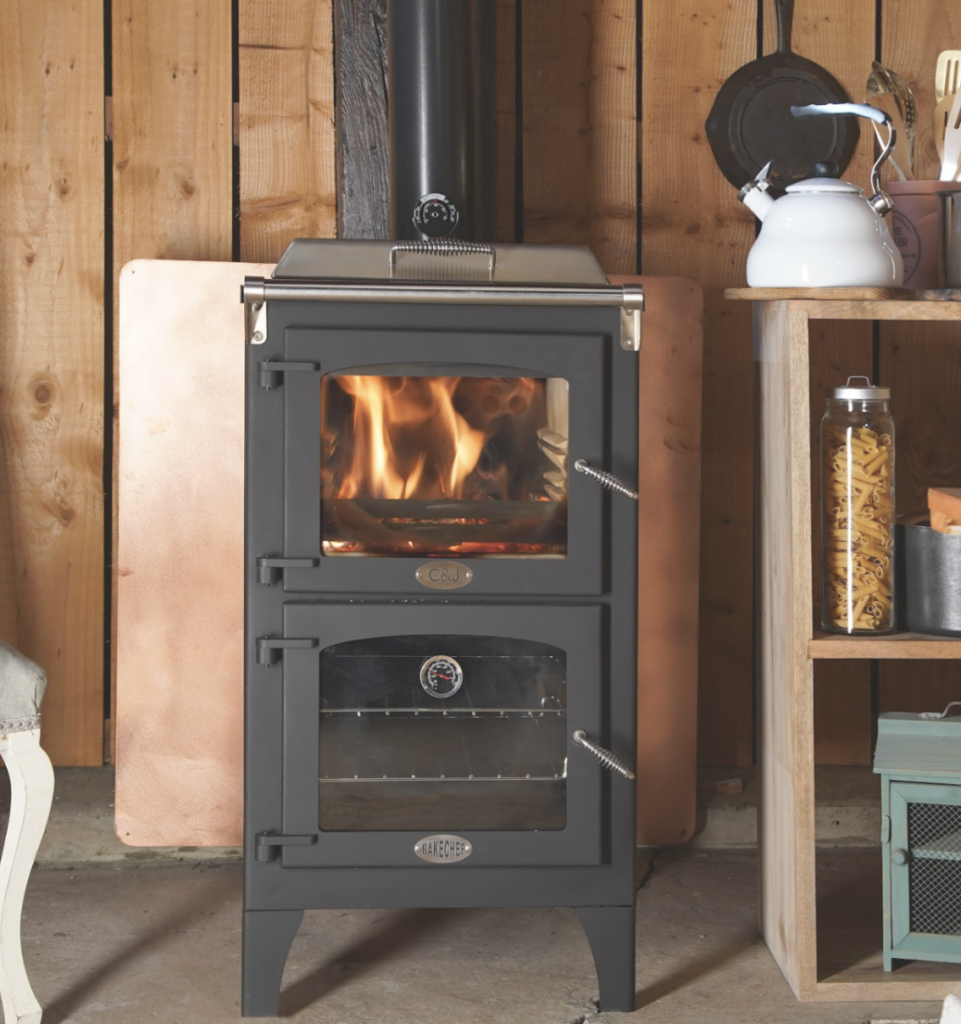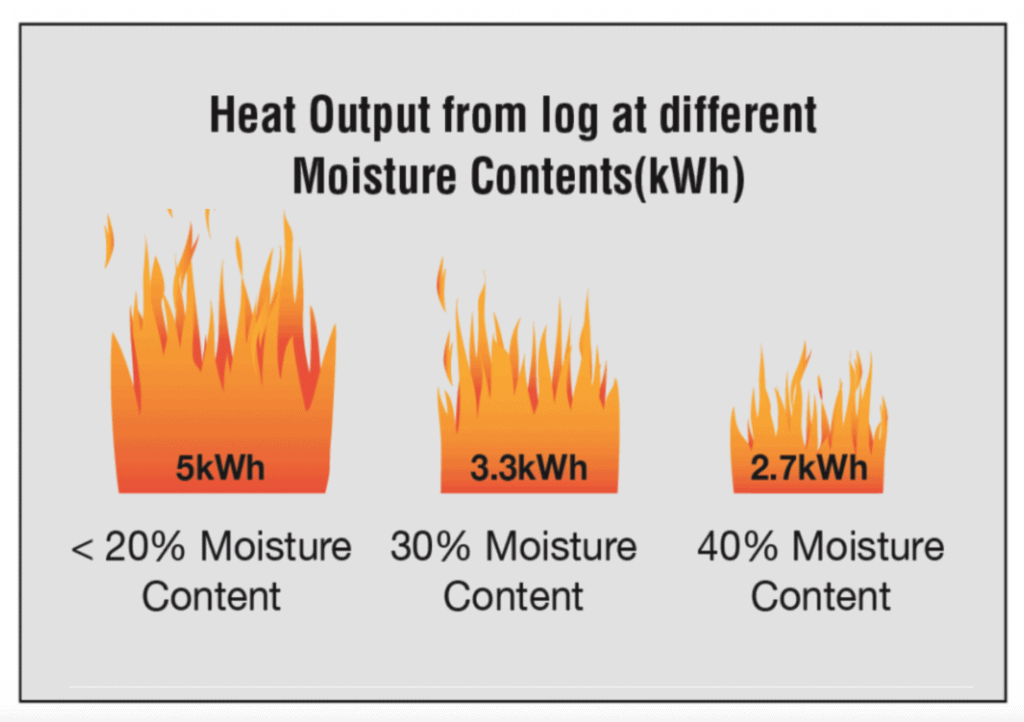Any source of heating which uses electricity, gas or wood comes with risks and important points you must consider. While a modern heating appliance has to reach very specific safety standards, any inherent risks and considerations can be managed by simply being aware and using common sense.
There are a number of risks that come with using a wood-burning stove. After all, you’re essentially lighting a fire in the comfort of your home. You need to be aware and stay safe. Here are a few pointers for consideration:

Materials which combust:
If a wood-burning stove is not correctly installed, it instantly poses a significant risk. Some rouge fitters have tried to cut corners when fitting stoves with disastrous consequences. For example, if the material which is behind or to the side of a stove is combustible and too close to the stove, it will represent a significant fire hazard.
A combustible material is any material that is not A1 fire-rated. A1 fire-rated means that it will not catch fire and will not fall apart in a fire. A good example of non-combustible materials is brick and stone. Many materials may be labelled as “fire-resistant”, such as a sofa, but they are still combustible and can still burn.
The distance your stove must be from combustibles will vary depending on the model. However, there will always be a minimum distance in the manufacturer’s installation guide. Depending on the stove’s heat output, this can be anywhere between 25 and 60cm. In the Charlton & Jenrick range, for example, a Purevision 5kW freestanding stove will need to be 25cm away from combustibles (side walls), whereas the 8kW version will need to be 30cm away. The larger stoves produce a greater heat output, so they need to be further away from combustibles – it’s as simple as that.
For non-combustibles, it’s generally wise to allow at least 15cm.
Burning wet wood:
While it’s not an imminent threat, when you burn wood that is not correctly seasoned (i.e. with a moisture content above 20%), you will be increasing pollution and congestion in the flue. Over time, this will increase the risks of carbon monoxide positioning and chimney fires. Make sure you only burn seasoned wood – it also gives a much-improved heat output. The diagram below shows just how beneficial avoiding wet wood is.

Using petrol, gas and other accelerants:
Learn how to light a stove correctly. It sometimes can take a little bit of time. But never use petrol or other accelerants to get the stove going. It is extremely dangerous and can cause an explosion.
Where your stove can sit:
A stove usually can’t simply sit on a floor; it would become a fire hazard – it needs to be placed on a non-combustible base known as a hearth. For stoves that need a hearth, this can be made from granite, slate, glass or similar. If the heat from the stove does not raise the hearth above 100c, the following points need to be met:
1. The hearth must extend at least 300mm to the front and 150mm to the sides
2. The area of the hearth must be at least 840x840mm
3. It must be at least 12mm thick
If your stove heats the heart to over 100c or has not been tested, the required thickness will need to be 25mm.
The risks of a chimney fire:
A chimney fire occurs for a number of reasons – almost all preventable. Preventative measures such as not burning wet wood and having the chimney swept regularly will reduce the chances of a fire. But should the worst happen, you should:
1. Raise the alarm to let others in the house know
2. Call the Fire Service
3. Reduce the appliance burning rate by closing all air controls fully
4. Move furniture and rugs away from the fireplace and remove any nearby ornaments
5. Place a fireguard or spark guard in front of the stove
6. Feel the chimney breast for signs of excessive heat
7. Do not relight the fire until the chimney and flue ways have been examined by a professional
8. If the wall is becoming hot, move the furniture away
9. Ensure that the Fire Service can gain access to your roof space in order to check this area for signs of fire spread
Overloading with wood
The maximum amount of fuel for a stove will be outlined in your stove manual/user guide. If you add too much wood, your stove can produce too much smoke. Do not load wood above the bottom edge of the tertiary air profiling in the back ceramic firebox liner. Also, do not allow the wood to touch the glass.
Enjoy your stove – and be aware of what you need to do to remain safe.








